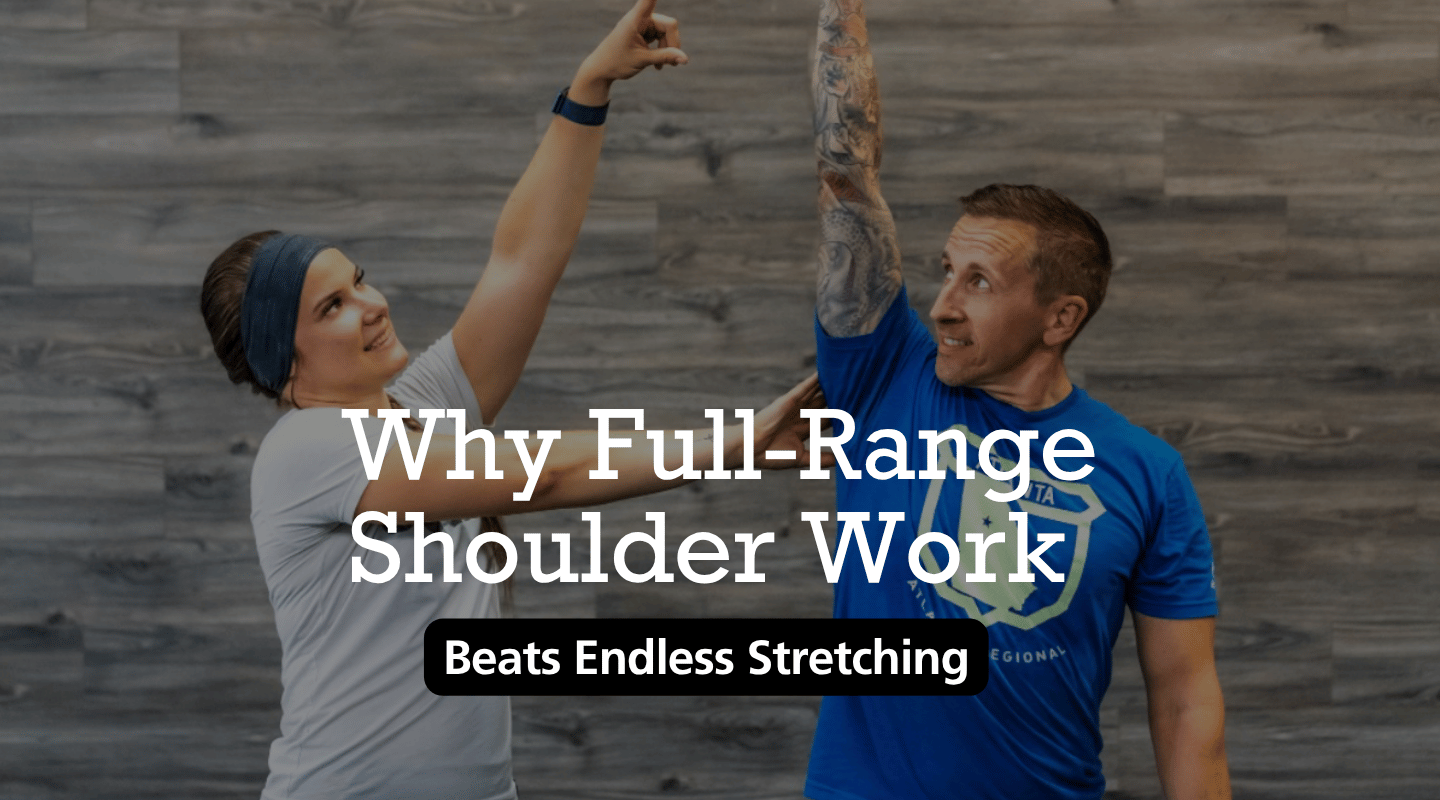

Most achy shoulders aren’t tight—they’re weak near the end ranges. Working every rep through a full, controlled arc builds the strength that turns pain off. Personal training Newark DE athletes lean on this approach at Hardbat Athletics in Newark, DE. Simple stretching rarely solves instability.
The shoulder moves through roughly 180° overhead and about 120° behind the body in a row. When you press, pull, and reach through that entire arc under control, every small stabilizer fires. The rotator cuff, lower traps, and serratus learn to share the load. Over time the joint sits where it should, pain calms, and power goes up. The ACSM resistance-training guidelines back this, showing full-ROM lifts improve joint function and muscle activation compared with partial reps.
“Tight” is often a warning sign, not the root problem. Think seat belt that keeps locking because the reel is loose. The brain senses the head of the humerus sliding, so it tells nearby muscles to guard. You feel a need to stretch the rear delt or pec, then relief fades in minutes. The cycle repeats.
A static stretch pulls on tissues already lengthened by desk time. It adds slack but no support. Without active strength in the cuff and mid-back, the arm bone still drifts forward when you press or hangs low when you dead-hang. Re-creating stability needs load. Research from the National Strength and Conditioning Association shows light-to-moderate external-rotation work outperforms stretching alone for shoulder pain tied to laxity.
Need coaching eyes on form? Our Personal Training sessions tack these drills onto your regular strength program so progress never stalls.
Busy adults in Newark, Wilmington, and Bear slot these shoulder fixes right into 45-minute lifts. Coaching cues, progressive programming, and zero fluff. No random stretching routines, just targeted strength that sticks.
Ready to swap nagging tightness for strong, stable shoulders? No-Sweat Intro with a coach at Hardbat Athletics and see how fast full-range training works.